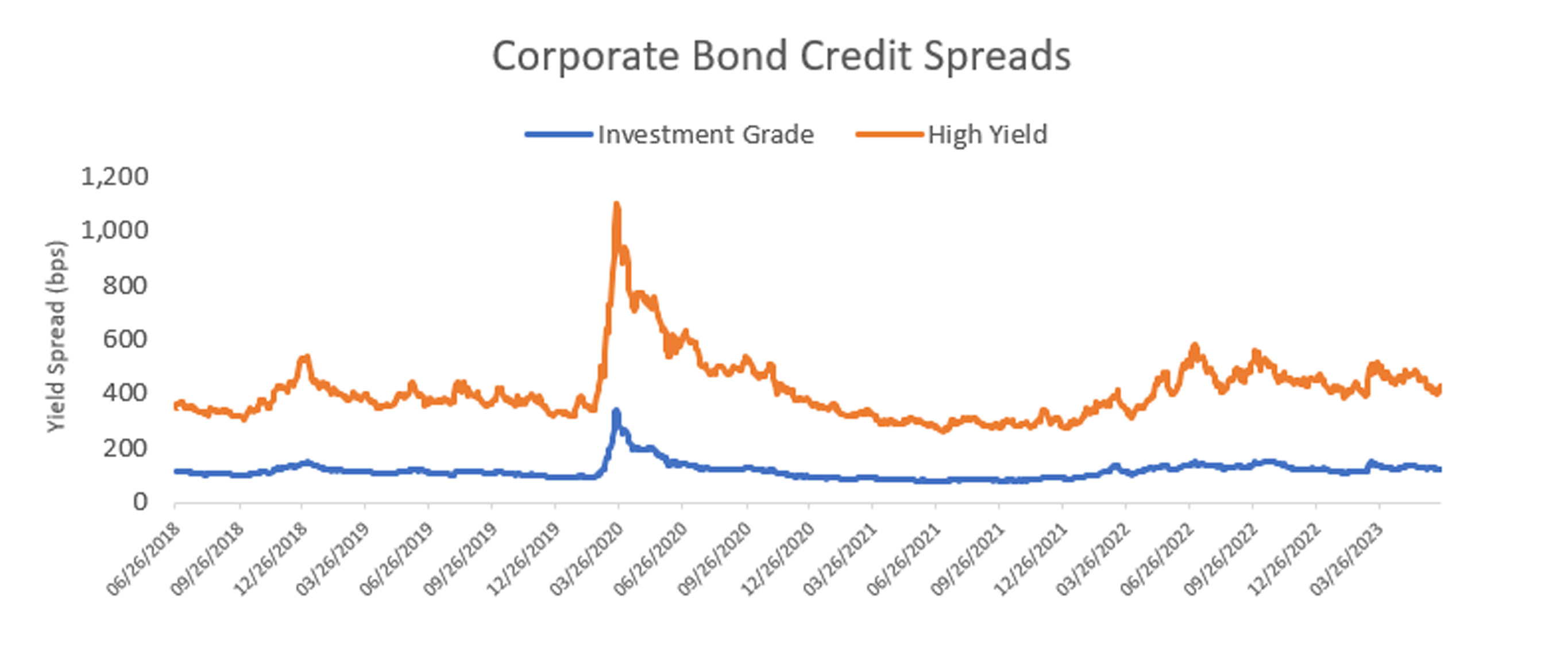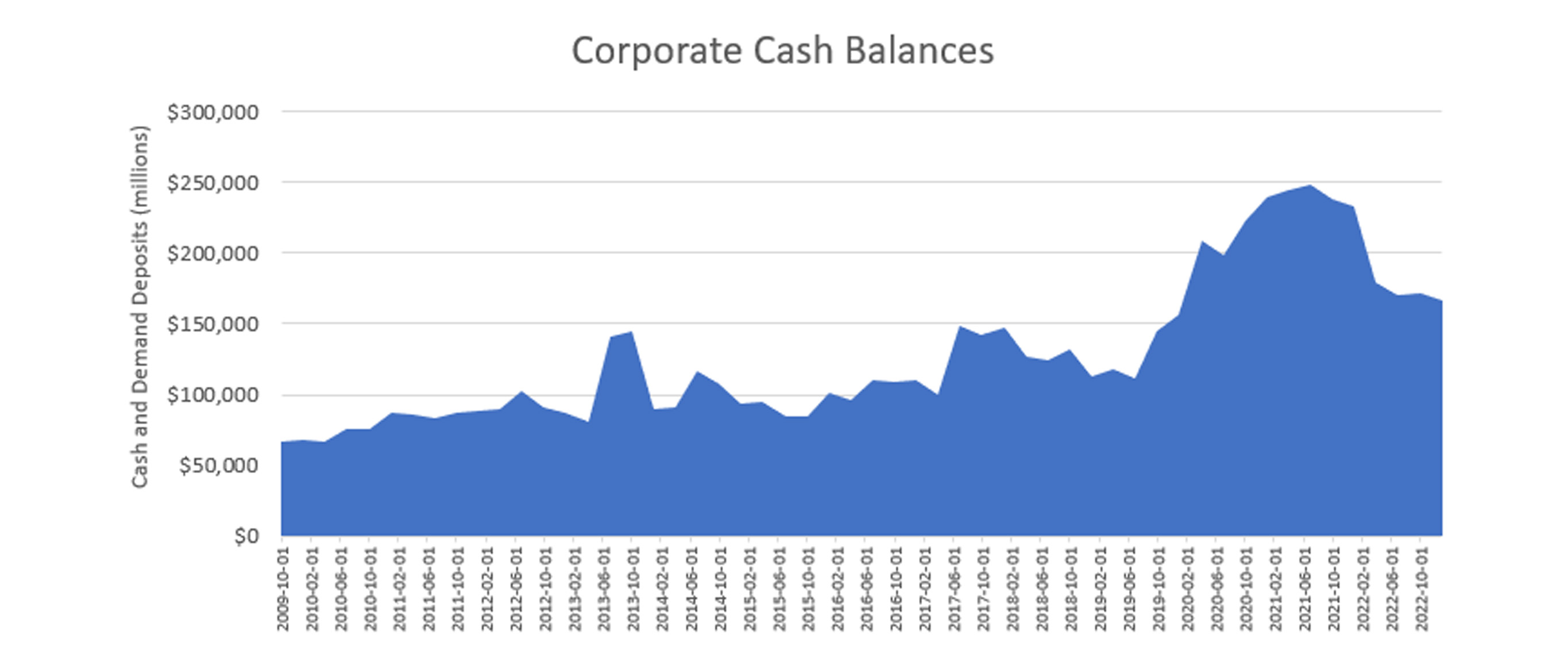What are today's opportunities and risks in fixed income credit markets?
Executive summary:
- Higher yields for corporate bonds generally correspond to higher credit risk based on an issuer's credit rating.
- We believe higher yields also offer opportunities for fixed income investors to add additional sources of income return to their portfolio by identifying bonds that have been mispriced.
- We see skilled active managers as uniquely equipped to help fixed income investors benefit from higher yields while minimising potential downside risks.
Fixed income credit markets play a vital role in enabling issuers to access capital while offering investors the opportunity to earn excess returns by taking on additional risk. Treasury bonds provide investors with yields based on prevailing interest rates, but corporate bonds may carry an additional premium based on the issuer's creditworthiness, among other factors. Higher yields for corporate bonds generally correspond to higher credit risk based on an issuer's credit rating.
While 2022 was a challenging year for fixed income markets that resulted in credit spreads increasing significantly, particularly for high-yield issuers, higher yields have offered investors additional sources of income return and a higher cushion to protect from price declines from rising interest rates. The spread increase over Treasuries was due to various factors, including the U.S. Federal Reserve (Fed)'s aggressive interest rate hikes, fears of persistent inflation and a global growth slowdown, pressure on corporate balance sheets, and tightening banking and lending standards.
(Click image to enlarge)
Source: Barclay's data; Bloomberg U.S. Credit Index, Bloomberg High Yield Bond Index, based on option-adjusted spreads.
What opportunities do higher yields present?
When credit spreads widen, it can signal that investors are demanding higher premiums for accepting higher risk. However, higher yields also offer opportunities for fixed income investors to add additional sources of income return to their portfolio by identifying bonds that have been mispriced based on perceived risks despite strong fundamentals at the issuer level.
The importance of credit selection
To benefit from higher yields while managing downside risk, credit selection has become increasingly important, particularly as dispersion within corporate earnings by sectors and issuers has increased. Case-in-point: In May, U.S. large cap stocks exhibited a notable difference in earnings – the highest since 2020 – due to a rebound in tech stocks and a decline in many other sectors during the month.This example is a case where active management can shine and where experienced credit researchers and portfolio managers can make distinctions to identify opportunities for return and protect against downside risk.
Additionally, while lending standards have tightened since 2021, corporate cash balances have also started to decrease, which is a key indicator of companies' ability to service and repay debt. However, balances still remain well above historical levels:
(Click image to enlarge)
Source: Federal Reserve Economic Data, Federal Reserve Bank of St. Louis
The bottom line
While higher yields offer more income potential, risks remain in fixed income markets. Amid this backdrop, we see active management as increasingly crucial in effectively navigating market volatility while also capturing opportunities. Ultimately, we believe skilled managers are well-equipped to help investors optimise their fixed income portfolios while minimising potential downside risks.
Any opinion expressed is that of Russell Investments, is not a statement of fact, is subject to change and does not constitute investment advice.

